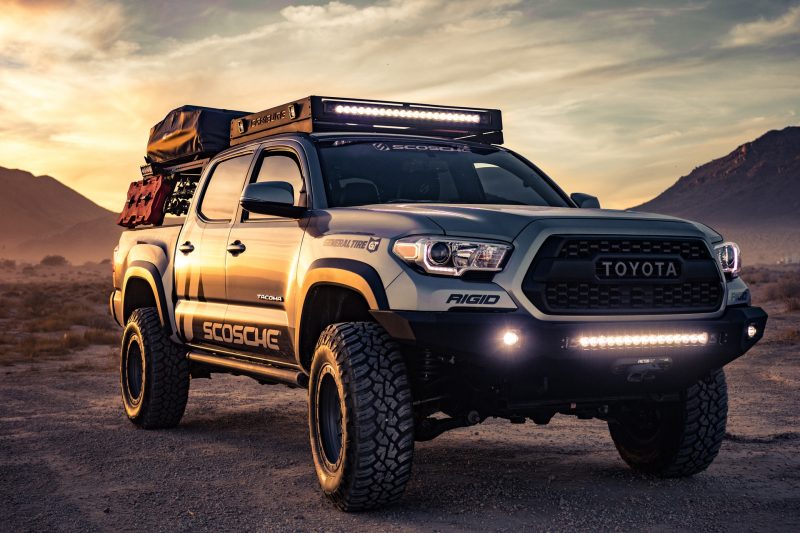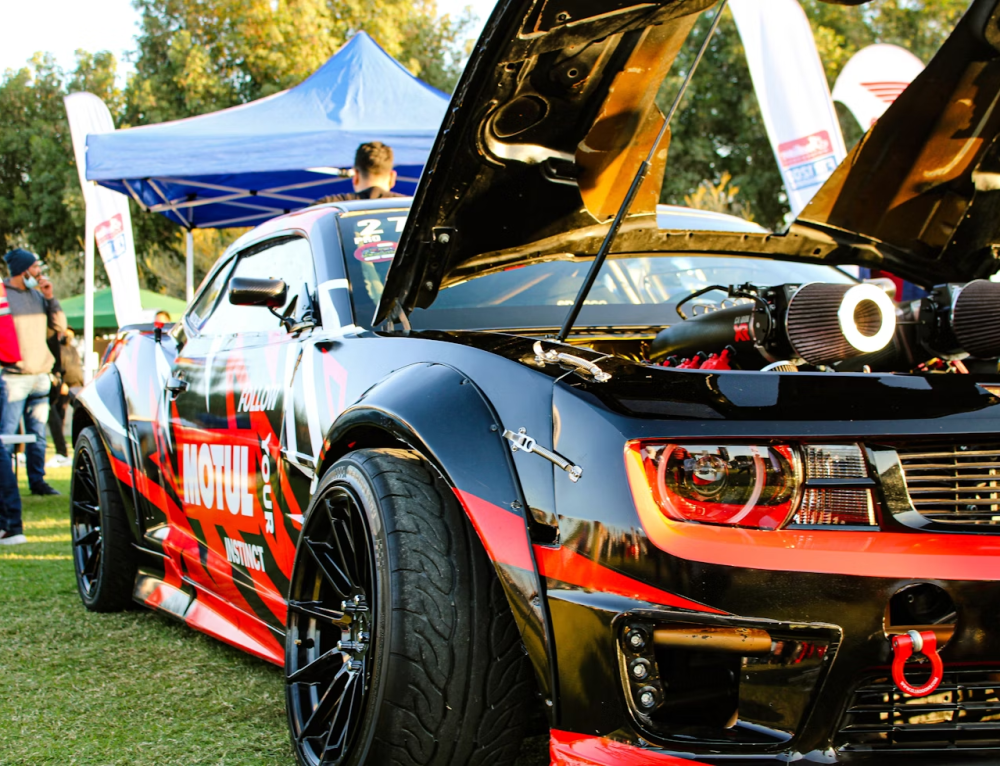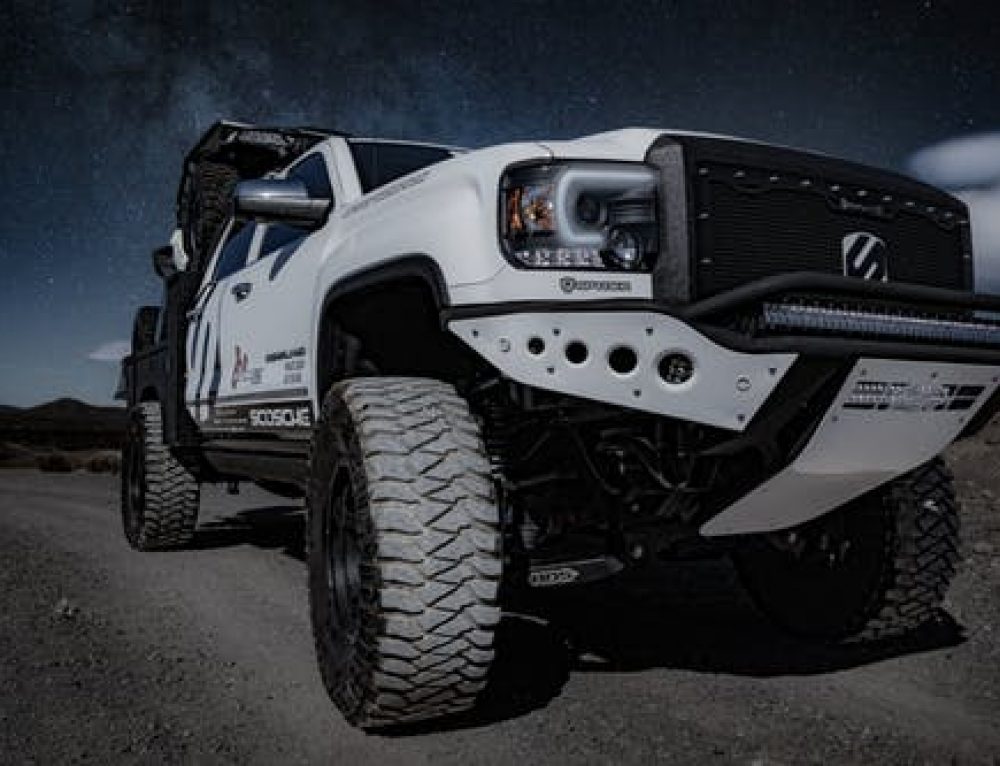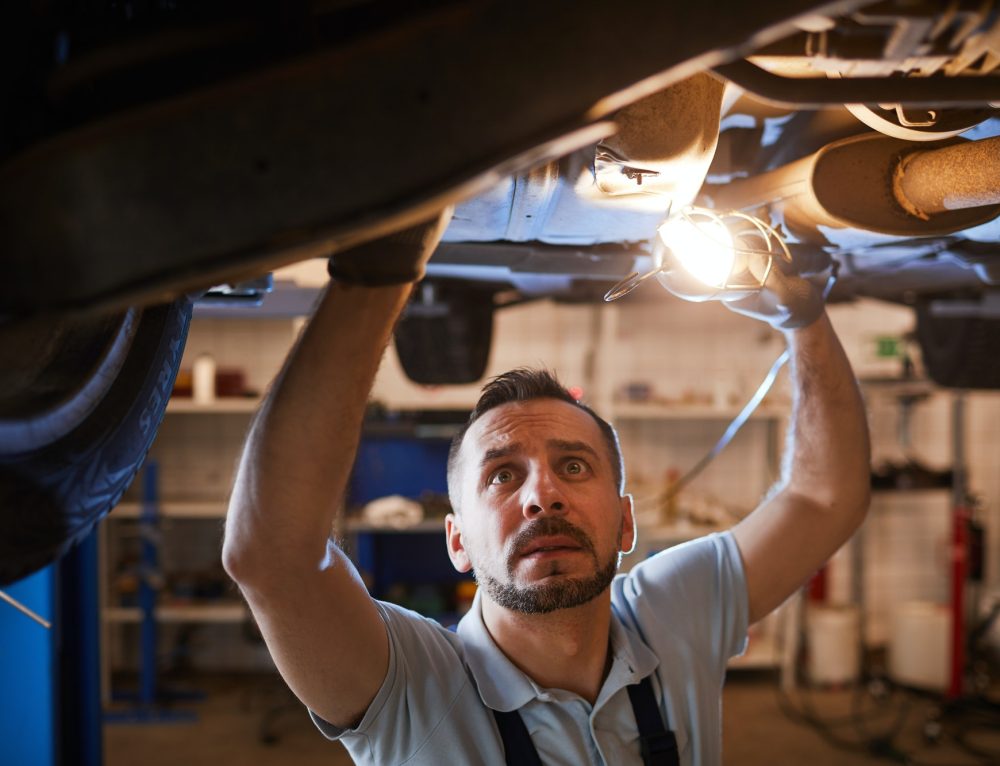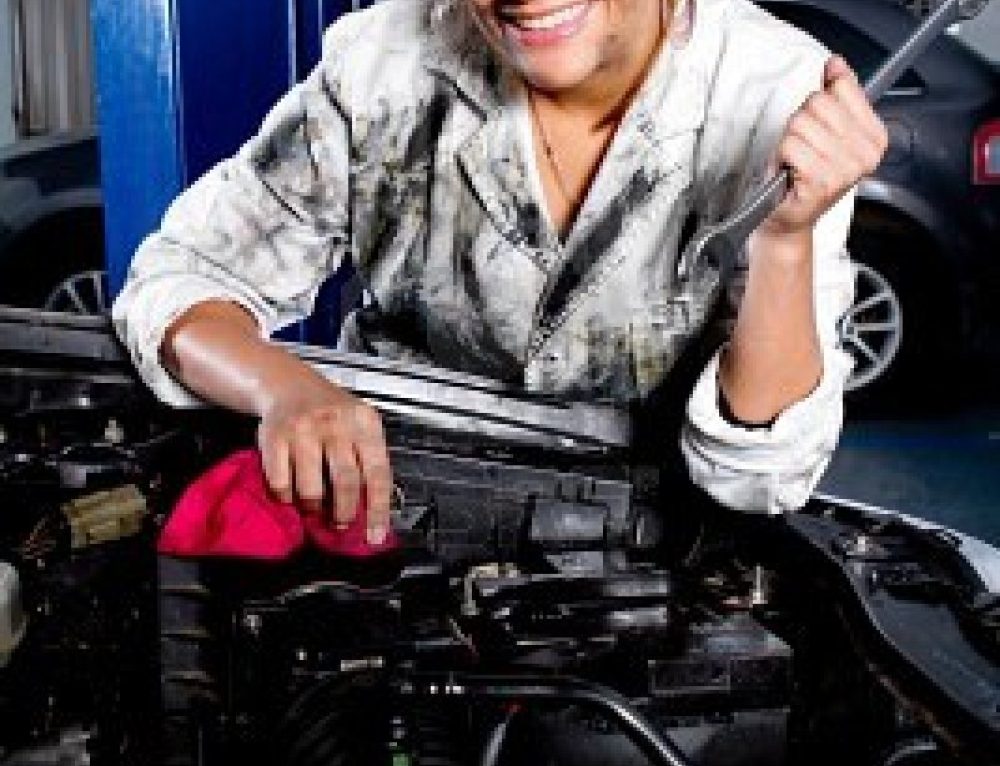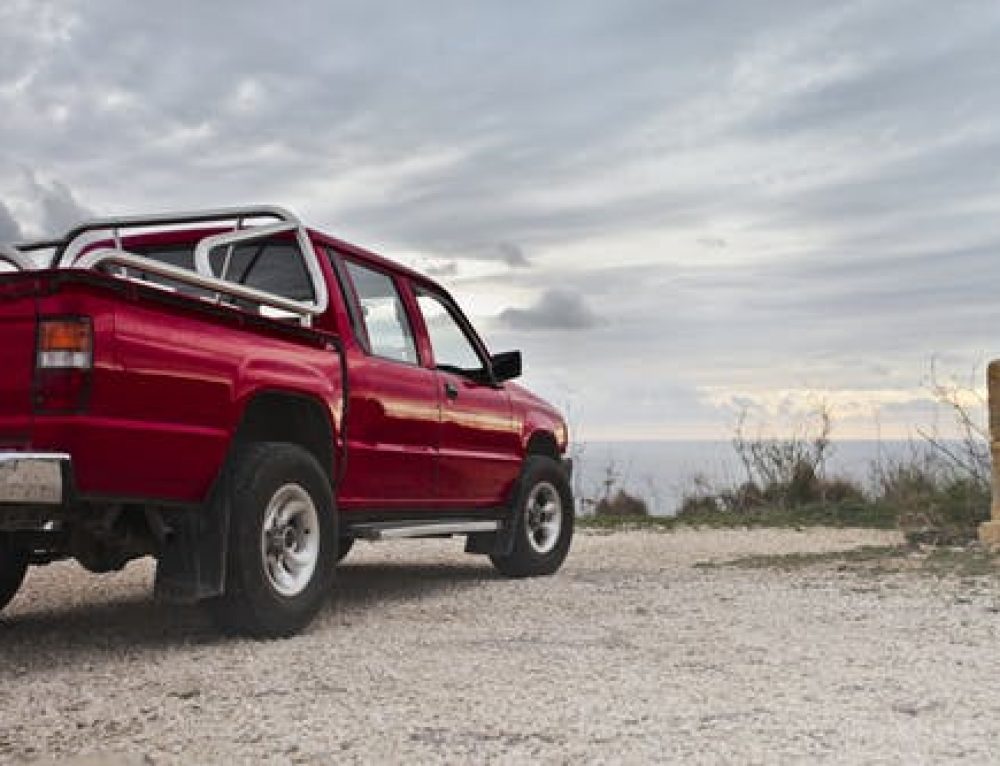A borrowed car, a rental car, or a simple mistake, it can happen that everyone has the wrong fuel when it comes to refueling. Whether it’s putting the wrong fuel in diesel engine or mixing up fuel types, this common mishap can cause significant damage to your vehicle if not addressed promptly.
Gasoline in diesel, diesel in gasoline?
Engine ruined?
Risk of explosion?
It all depends on the “mixture” created and the base fuel of the vehicle.
Getting the wrong fuel is a common mistake, especially when changing vehicles. When you accidentally put the wrong fuel in diesel engine, it can lead to serious issues. Even more, to complicate our lives, the color of the pistols sometimes varies from one station to another, making it easy to confuse the pumps.
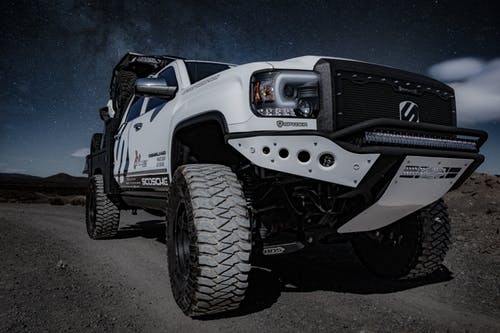
Whatever the case may be, a moment of inattention and it’s too late, the damage is done. So how do you react when this happens? One common issue that many drivers face is putting the wrong fuel in diesel engine. If this happens, it’s crucial to act quickly to prevent severe damage to your vehicle’s engine.
Firstly…
ATTENTION: Explosive mixture!
The gasoline-diesel mixture is highly flammable, so any handling of the mixture must be done with the greatest care. If you’ve mistakenly put the wrong fuel in diesel engine, no need to play with fire trying to drain or siphon the tank yourself. Rather, call a professional—it’s the smartest thing to do in this situation.
What Happens if Diesel Engine is Filled with Gasoline or Petrol?
It is human error, but when it comes to confusing diesel and gasoline, the consequences can be dramatic for the car engine. Indeed, the cleaning power of gasoline undermines all the work of lubricating diesel by destroying the protective film necessary for the proper functioning of the diesel injection system. This becomes particularly problematic when there’s wrong fuel in diesel engine situations. When gasoline fuel is mistakenly mixed with diesel fuel, the engine burns the diesel fuel first before quickly gasping and rattling under the hood.
How terrible is the mistake of putting gasoline in a diesel engine?
Of all the scenarios, this is the worst.
Here’s why: Gasoline has a degreasing power while diesel has a lubricating action. In short, they do exactly the opposite of each other!
Result: As we explained above, gasoline completely undermines the work of lubricating diesel, destroying the protective oily film of the engine’s injection system. Suddenly, your poor engine will suffocate and start to cough. You will hear a clicking noise under the hood and engine failure is guaranteed. We’re not going to lie to you, it’s not good at all! If the system is badly damaged, it can have fatal consequences for the engine.
Good news: The picture is not so dark in all cases. Indeed, if you realized your mistake from the very beginning of the filling at the pump, you may be saved. But if and only if you have only put a few drops of gasoline (max 3% or 10%, depending on the engine) in your tank. Then you just have to fill the rest of the tank with diesel to sufficiently dilute the gasoline.
This is a risky solution. However, how can you be sure of not having exceeded the fateful threshold?
Our advice: Don’t play the sorcerer’s apprentice and always have your tank emptied, it’s safer.
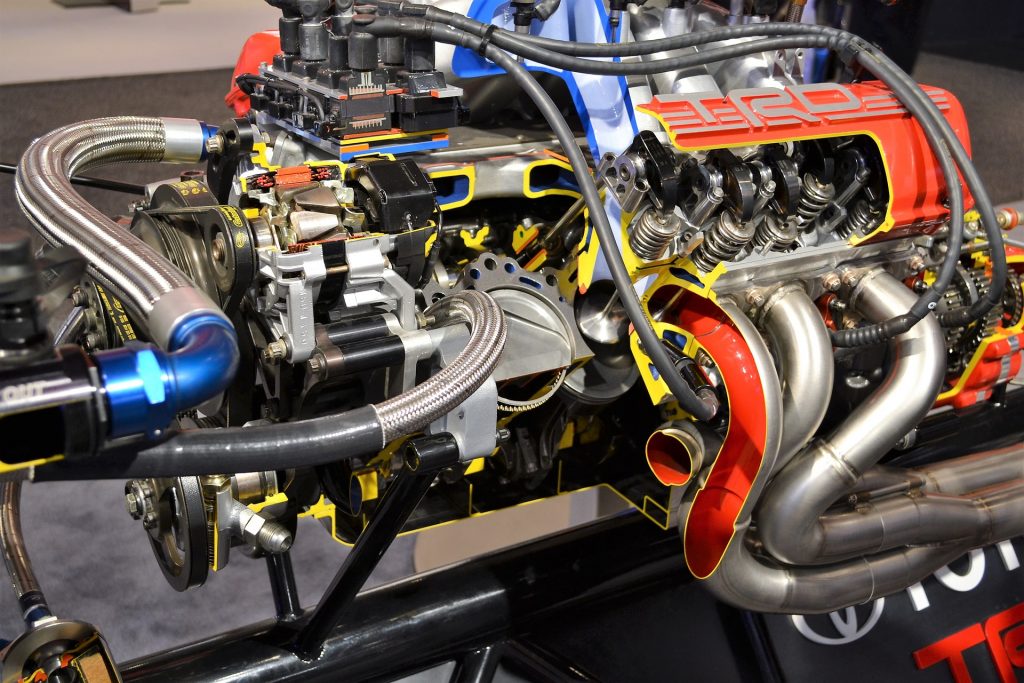
Fuel Error: What to do
To stop this mechanical “asphyxia”, it is necessary to:
- Immediately stop the engine;
- Perform an emptying.
If the error of putting the wrong fuel in diesel engine is noticed while the car is still stopped at the pump, it is essential not to start the engine. Starting the engine with the wrong fuel in diesel engine takes little time to cause damage. The maximum rate of gasoline allowed is 15% in winter, 10% the rest of the year, and only 3% for new common rail diesel engines (HDi, DCi, etc.). Beyond that, emptying the tank is essential to avoid further complications.
Who Can Perform Fuel Tank Emptying?
Service stations are sometimes equipped to perform a fuel tank emptying, at the cost of a full tank, and a few hours of labor. Otherwise, it is better to call a repairer, because a fuel tank drain cannot be done without certain precautions. The gasoline/diesel mixture is highly flammable.
What Happens if Gasoline or Petrol Engine is Filled with Diesel?
Putting diesel instead of gasoline is less harmful than the other way around. However, we must still avoid making a mistake, such as putting the wrong fuel in diesel engine. Note that the maximum rate of diesel allowed in a gasoline vehicle is 10%.
Below this threshold, your car may produce a little smoke and jerkiness.
Beyond this threshold, however, the consequences can be more serious.
In all cases, it is strongly recommended to contact a mechanic to have the tank emptied.
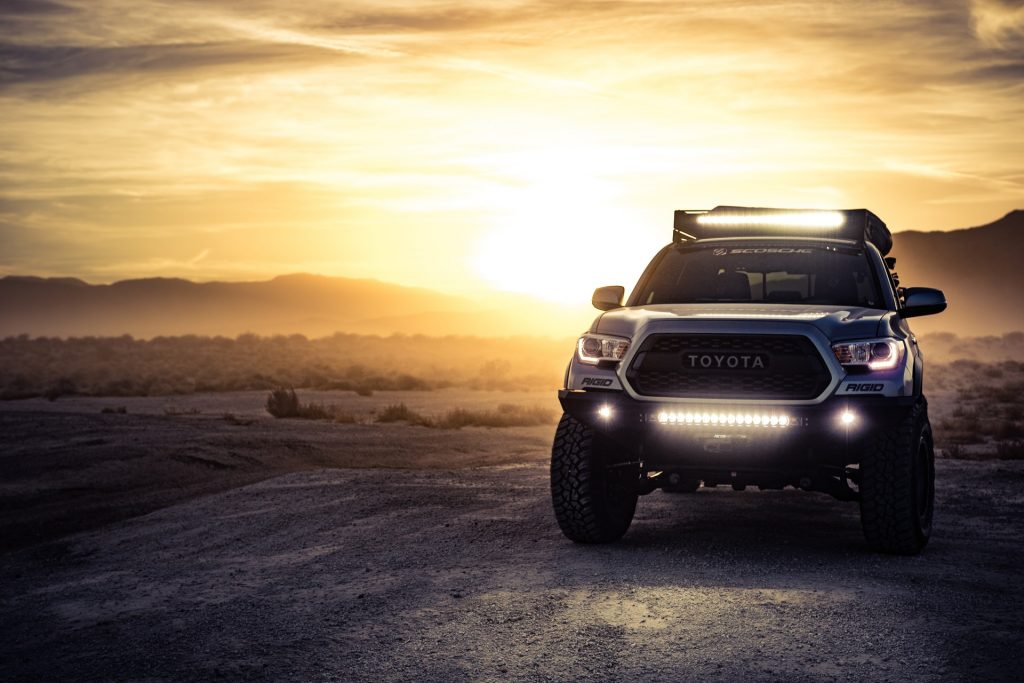
How terrible is the mistake of putting diesel in a gasoline or petrol engine?
Fortunately, this is hardly possible anymore. Because recent cars that run on unleaded fuel have a tank sleeve whose diameter is smaller than that of the pump gun.
As for older cars (not catalyzed), if you accidentally put more than 10% diesel in your tank, you’ll need to go through the draining step. If less than 10% diesel is added, your car will smoke and gasp, but it should still run, as long as you don’t put too much strain on the engine.
Regularly topping up with gasoline to reduce the proportion of diesel in the tank can help minimize issues. However, putting the wrong fuel in diesel engine is still a risk that could negatively impact its performance. If in doubt, have your tank drained before starting the vehicle.
When Should You Drain Your Fuel Tank?
Beyond these two most common fuel errors, you could also make the mistake of putting unleaded 95 in an old petrol car. It is necessary to top up quickly with unleaded 98 to prevent the engine from rattling.
Or you may think you put diesel in a catalyzed petrol car. But putting diesel in a catalyzed petrol car is impossible, the diesel gun being of greater diameter than that of the orifice.
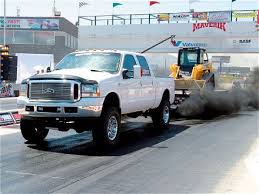
What is Covered by Your Insurance?
Not only does your vehicle run the risk of being damaged as a result of putting diesel in a gasoline engine or the possibility of having the wrong fuel in diesel engine, but also the emptying of a tank following a fuel error has a price.
Not to mention the costs associated with towing your vehicle or the need to find a rental car following a fuel error.
Fortunately, these various expenses can be covered by your car insurance, provided that you have taken out an assistance guarantee.
Conclusion
Important things to note so you act fast if this ever happens:
1. Do not start the engine while you are still at the pump
2. If you’ve already started the engine, immediately pull over and shut off the engine
3. Call a reliable diesel engine technician to have your tank emptied
4. If there is no other damage, refuel. But with the right fuel this time
Frequently Asked Questions
What happens if I put the wrong fuel in diesel engine?
If you put the wrong fuel in diesel engine, such as gasoline or petrol, it can severely damage the engine. Gasoline acts as a degreaser, undermining the lubricating properties of diesel and potentially leading to engine failure. It’s important to stop the engine immediately and have the tank drained by a professional to avoid further damage.
Can putting the wrong fuel in diesel engine cause an explosion?
Yes, putting the wrong fuel in diesel engine can create a highly flammable mixture, which could lead to an explosion if handled improperly. If you mistakenly put the wrong fuel in a diesel engine, do not attempt to siphon the fuel yourself. Contact a professional immediately for assistance.
How do I fix the wrong fuel in diesel engine?
If you’ve put the wrong fuel in diesel engine, the best course of action is to stop the engine immediately. Avoid starting it and have the tank drained by a professional. If only a small amount of gasoline was added, it might be possible to dilute the mixture with diesel, but it’s safer to have it properly drained to prevent long-term damage.
What is the maximum amount of gasoline allowed in a diesel engine before I need to drain the tank?
The maximum allowable gasoline in a diesel engine is 3% for newer common rail engines. For older diesel engines, you may be able to mix up to 10% gasoline. However, if you accidentally put more gasoline than that, it’s essential to have the tank drained to prevent engine damage.
How can I tell if the wrong fuel has been put in a diesel engine?
If the wrong fuel has been put in a diesel engine, the engine may start to rattle, cough, or stop running altogether. You might also hear clicking noises under the hood, and the engine may fail to start properly. It’s important to check immediately if you suspect the wrong fuel has been used.

